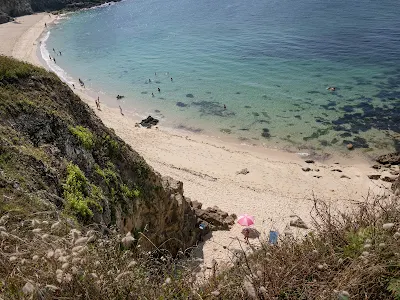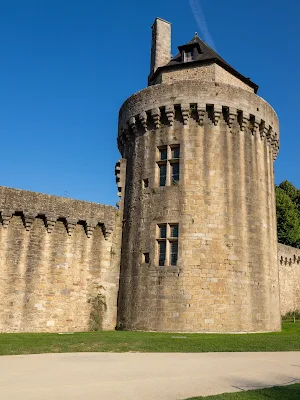Vannes, a picturesque town located in the Brittany region of France, boasts a rich history that spans over two millennia. Originally founded by the Romans as Darioritum, Vannes became an important port and trading center. Throughout the Middle Ages, it flourished as a vital hub within the Duchy of Brittany. The town’s medieval heritage is still evident today, with its well-preserved city walls, half-timbered houses, and the impressive Saint-Pierre Cathedral.
















During World War II, Vannes was occupied by German forces from 1940 until its liberation by Allied troops in 1944. The town played a role in the broader resistance movement in Brittany, with local residents and partisans actively engaging in efforts to undermine the occupying forces. The German military presence was significant due to Vannes’ strategic location, leading to several confrontations and acts of sabotage by the French Resistance. One notable event was the liberation of the town in August 1944, when Allied forces, assisted by local resistance fighters, successfully ousted the German occupiers, marking a significant turning point in the region's fight against occupation. There is a well cared for Remembrance garden opposite the walls of the city. and a tribute to an unknown resistance Frenchman.




Today, Vannes attracts travelers from around the world, drawn by its charming blend of history, culture, and natural beauty. Visitors can explore the medieval old town with its cobbled streets, historical landmarks, and vibrant markets. The town’s picturesque port, with its yachts and waterfront cafes, offers a scenic and relaxing environment. Vannes is also a gateway to the stunning Gulf of Morbihan, renowned for its beautiful islands, mild climate, and opportunities for sailing and other water activities. The annual maritime festivals and the traditional Breton culture, with its music, dance, and cuisine, further enhance the town's appeal, making Vannes a popular destination for those seeking both historical depth and a vibrant cultural experience.
The Jardin des Remparts is a nice garden located just outside the eastern gate of the historic City walls. and although they were manicured we found them disappointing as they did not feel special.
Common Plants in Vannes Gardens
- Camellias: Known for their beautiful, showy flowers, camellias thrive in the mild climate of Brittany and are a common sight in many gardens.
- Hydrangeas: With their large, colorful blooms, hydrangeas are a staple in Vannes gardens, adding vibrant blues, pinks, and whites to the landscape.
- Rhododendrons and Azaleas: These flowering shrubs are popular for their stunning spring blooms and are often used in garden borders and woodland settings.
- Roses: A variety of rose species can be found, ranging from climbing roses adorning trellises to bush varieties in formal garden settings.
- Heathers: Common in the Breton landscape, heathers add texture and color, especially in more naturalistic garden designs.
- Lavender: Known for its fragrant flowers and foliage, lavender is often used in herb gardens and as a decorative border plant.
- Ornamental Grasses: These add movement and texture to gardens, particularly in more contemporary designs.
We then walked along the Conleau peninsula to the House of Nature a peaceful area where a few people sat and relaxed. It is located a stone's throw from the protected natural area of Pointe des Emigrés, the Maison de la Nature is an invitation to learn about the local natural heritage in order to better respect it.















































